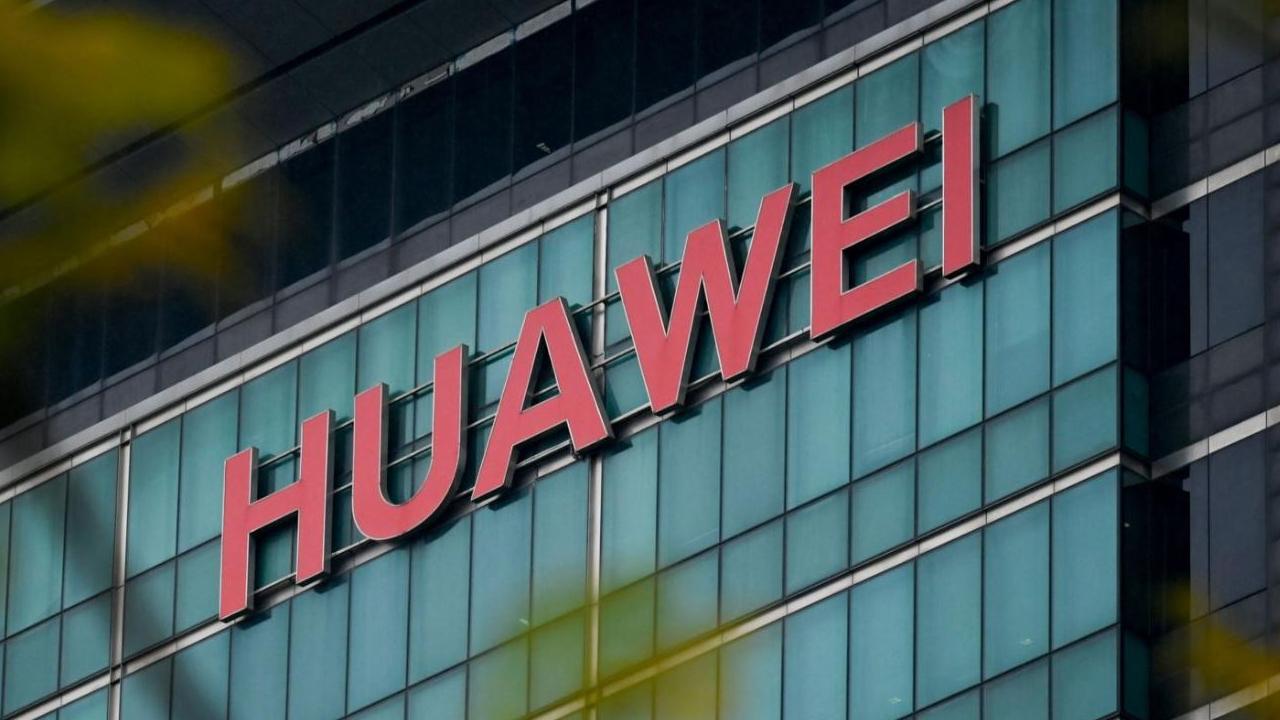News
Huawei published 7th Annual Global Connectivity Index Report 2020 with Five Key Stages of Industry Digital Transformation

On January 26, 2021, Huawei has published its seventh annual Global Connectivity Index (GCI) 2020. It was the first time when five key stages of industry digital transformation are proposed in GCI 2020.
The GCI annually ranks 79 nations along with an S-curve graph based on their latest GCI scores. According to ICT investment, ICT maturity, and digital economic performance, the S-curve group’s nations into three clusters: Starters, Adopters, and Frontrunners.
Since 2019, GCI had expanded the GCI’s research methodology to provide policymakers and economic stakeholders with valuable insights that can help them speed up growth in the digital economy. The 79 countries evaluated by GCI 2020 represent 95% of the world’s GDP and 84% of the global population.
The five key stages of industry digital transformation:
Stage 1: Task efficiency: Focus is placed on tracking the completion of individual tasks through basic connectivity and more efficient communication.
Stage 2: Function efficiency: Computerized or automated functions enabled by ICT make it possible to handle multiple tasks simultaneously and share information more efficiently.
Stage 3: System efficiency: More focus is put on the digitization of core system functions for efficient operations. Enterprises in this stage will have a stronger demand for connectivity and cloud services.
Stage 4: Organizational efficiency and agility: Enterprise processes are digitalized, enterprise applications are migrated to the cloud, and all systems are effectively integrated. In addition, high-coverage networks, wide adoption of cloud-based applications, and AI and IoT deployment contribute to real-time data analysis and insights.
Stage 5: Ecosystem efficiency and resilience: The entire ecosystem is digitalized and able to quickly respond to market changes, which can support the automatic coordination as well as the cross-sector collaboration of stakeholders. Representative technologies such as 5G, IoT, and robotics present new opportunities for the emergence of new business models, working methods, and products throughout the digitization process.
The key stages help the countries to increase productivity, spur economic recovery, and develop future competitiveness. GCI research has suggested that economies that could increase productivity and go digital with intelligent connectivity generally enjoy higher gross value added (GVA) per worker or per hour worked.
“As ICT permeates industries, digital transformation has become unanimously agreed on among countries and industries,” said Zhang Hongxi, Chief Marketing Officer of Huawei’s ICT Infrastructure.
Starters are proactively narrowing the gap with leading economies.
This report has analyzed the changes in each country’s GCI score since 2015. The average scores of Frontrunner, Adopter, and Starter economies have all increased since 2015, with Starters showing the highest compound annual growth rate (CAGR) followed by Adopters and then Frontrunners. This suggests that Starters are catching up with Adopters and Frontrunners and narrowing the digital gaps.
The 2020 report has also shown that Starters have made significant progress in broadband coverage. Their average mobile broadband penetration went up by more than 2.5 times, their 4G subscriptions went from 1% to 19%, and their mobile broadband became 25% more affordable. These achievements have enabled Starters to offer better comprehensive digital services and embrace new opportunities in economic development. In addition, their e-commerce expenditure has almost doubled since 2014 to over US$2,000 per person. Some Starters were moving up the GCI cluster, increased their GCI scores by up to 17%, and managed to raise GDP to a level that was 22% higher than some peers. Vietnam and Peru have both become Adopter economies in 2020.
Organizations in Frontrunner countries want to maintain IT expenditure
Research shows that the willingness of companies to invest in IT varies depending on where they are based. Organizations in Frontrunner and Adopter nations are prioritizing maintaining their IT budgets over non-IT budgets. They have also cut their IT budgets by 2.5 to 3.5 times less than organizations in other countries on average. Nations with more mature digital infrastructure are better positioned to minimize the economic impact of the pandemic, recover faster, and ensure the continuity of their transformation into higher-order productivity models.
The digital transformation of economic sectors will help economies develop “higher-order” productivity to spur economic recovery and future competitiveness.
Countries need to make ICT investments based on their unique set of existing factor endowments in order to produce a multiplier effect. In general, economies are made up of a combination of different sectors with one or two tending to dominate. The GCI 2020 report suggests that a country’s ICT strategy should be built around its accumulated sectoral strengths. Regardless of the industry, more digitalization means more added value.







